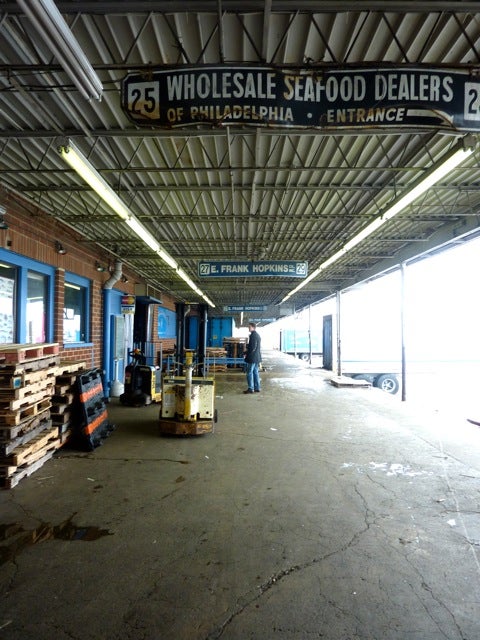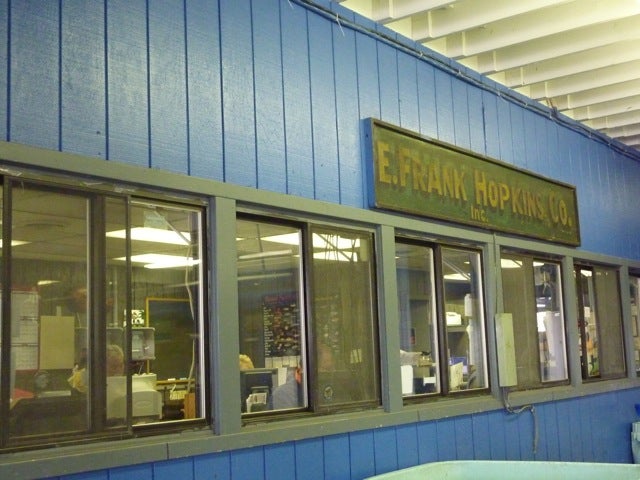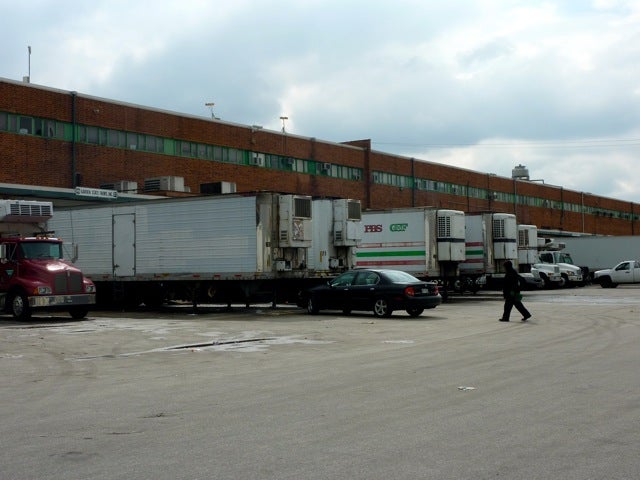City’s fish market needs a new lease and new home
March 30, 2010
By JoAnn Greco
For PlanPhilly
What passes for Philadelphia’s fish market these days is bracketed by the new $20 million headquarters for the most visible of the area wholesalers, Samuels & Son, on one side of a parking lot, and the beige stucco-sided shack and modest loading docks of Lawrence Street Seafood Company, on the other.
In between, lies a rather unprepossessing, low-slung brick building that stretches some 400 feet. It contains just three businesses, down from about 20 a few decades ago, who pay rent (as an entity called the Wholesale Seafood Dealers of Philadelphia) to the city.
Now, their 50-year lease is set to expire, and the three dealers say they’ve been forced into a position where they must figure out how to succeed – or succumb.
As the city works to relocate the Philadelphia Regional Produce Market and raze its much larger (but similar) buildings, it has asked that the fish purveyors also pack up.
While the produce folks prep for their spiffy, state-of-the-art digs, the fish wholesalers “have been left to fend for ourselves,” says Al Pappas, co-owner of E. Frank Hopkins, the largest of the three. If something isn’t done quickly, he says, not only will this trio be left homeless, but the smaller two outfits — B&A Seafood and Empire Fish Company — may be forced to close up shop.
“They’re in a tough situation,” says John Grady, senior vice president of the Philadelphia Industrial Development Corp, which leases the property. “But we’ve been talking about this with them for years and encouraged them to investigate a move.”
Steve Marmer, co-owner of E. Frank Hopkins admits, “We couldn’t get our act together in time.” Originally, the seafood merchants and the produce dealers were to be relocated together to the Navy Yard. When that deal fell through, a new site was identified across from the Philadelphia Auto Mall. See previous coverage.
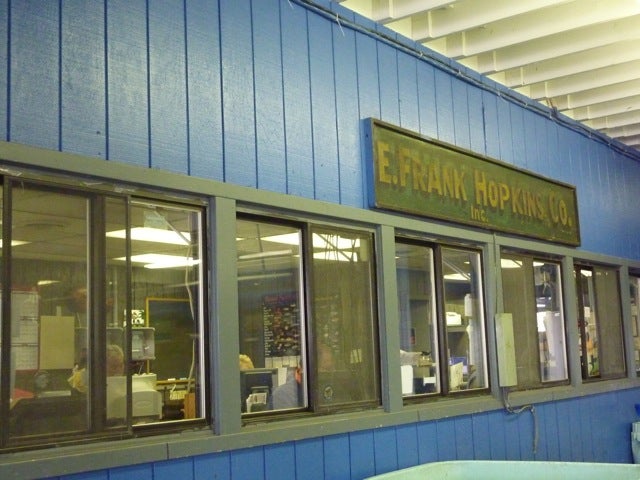
Worried about much higher rents, though, the three fish purveyors balked. “The city was tossing around figures that sounded like our rents would quadruple,” says Bob Fister of B&A. “A new facility would be great, if we could afford it. But there’s no way we can — this is a shrinking business as it is, and our margins are just getting tighter.”
Marmer says the group would rather stay where it is. “This has been a street for fish for over 50 years,” he says. “Now they want to take a chunk out of the middle, but leave the other businesses [Samuels and Lawrence] on either end.”
But Grady says the seafood business has changed and the old building doesn’t do the job anymore. “The business is more about packaging and distributing than the old-fashioned idea of the chefs coming down and buying from the fishmonger. The facility is capable of being that kind of market, but it doesn’t have the type of spaces that the federal government requires for this new kind of operation.
“The problem is,” he adds, “that the fish people are not able or willing to invest in the significant costs it would take to become compliant.”
While acknowledging that the facility is outdated, the dealers say they have made updates — Pappas has added, for example, a series of refrigerated trailers out back that serve as stop-gap measures — and that they’d prefer to tear down the building and re-build on the current site. “We’ve had an architect draw up plans and we estimate we could do this for about $16 million,” says Pappas. At the same time, he says, the group has started looking for other locations. (When queried about another 5-acre lot that the PIDC sold to E.F. Hopkins on Oregon Avenue years ago, Pappas replied that the property was “purchased for investment purposes. And we’d like to stay here, it’s where the people we do business with, like Sysco, are.” Sysco, a major food service distributor, is located across the street from the seafood market.)
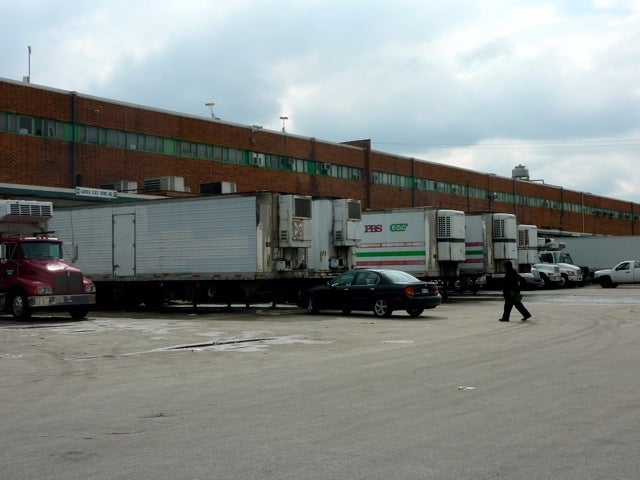
The PIDC is prepared to help, both in finding a new location, and in cutting the dealers some slack on their lease expiration. “We have told them that we will extend their lease if they present us with a credible plan for the future,” Grady says. He adds that the PIDC has no specific plans for the sites. “We plan on engaging a team to evaluate the sites in the second half of this year in preparation for the lease terminations next June. Our general objective is to maintain the distribution and processing character of the general area to leverage a significant investment and employment generating use.”
Right now, the three fish wholesalers in the building employ about 100 people, Pappas estimates, with E. Frank Hopkins accounting for about 60 percent of that number. “I know that with a new facility, I personally could increase my business, and probably add another 40 people to the payroll,” Pappas says. “It’d be great if we could have a test kitchen, put in a smoking facility, have the entire place refrigerated. There’s so much we could do.”
No matter what, Pappas says, E. Frank Hopkins “will survive — I worry more about the other two wholesalers in this building.” Competition is healthy, he implies, adding with a laugh, “Besides, I wouldn’t want Samuels to get all the business!”
Contact JoAnn Greco, ASJA, SATW, at www.joanngreco.com
Check out her new online magazine, TheCityTraveler at www.thecitytraveler.com
WHYY is your source for fact-based, in-depth journalism and information. As a nonprofit organization, we rely on financial support from readers like you. Please give today.



